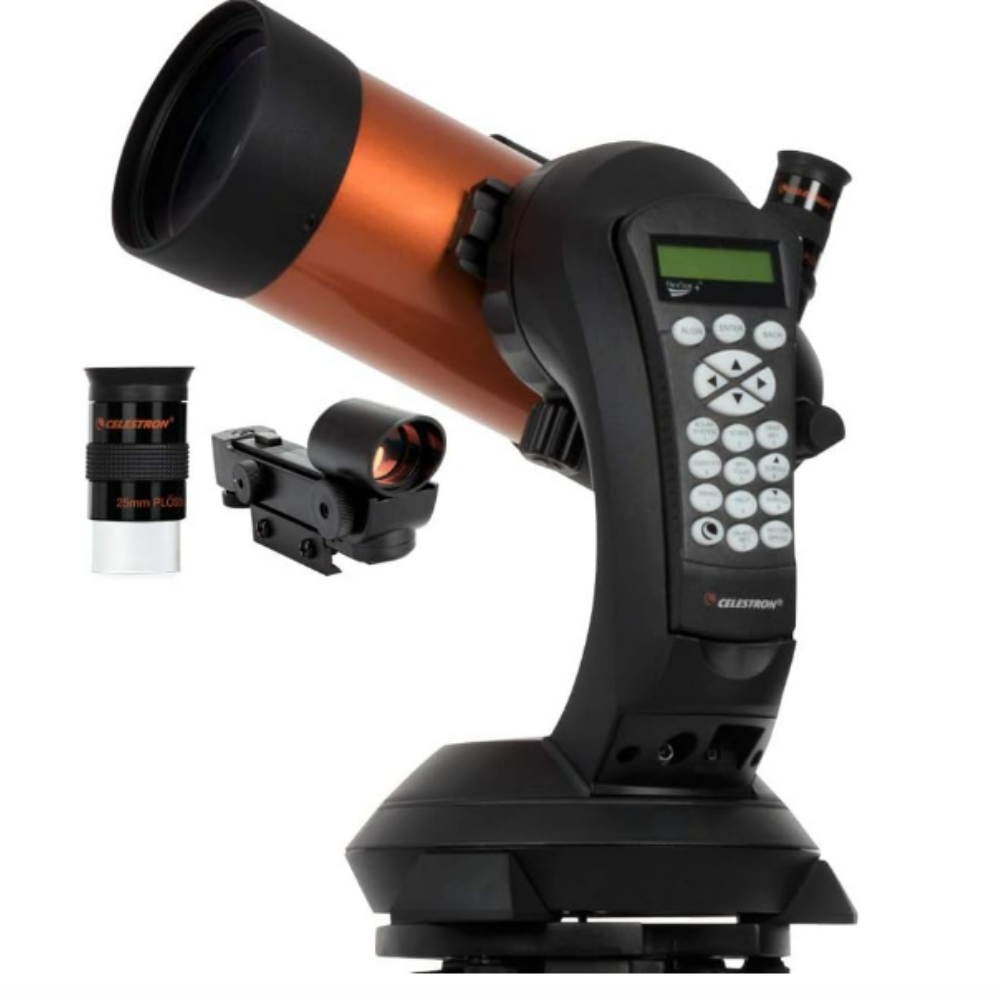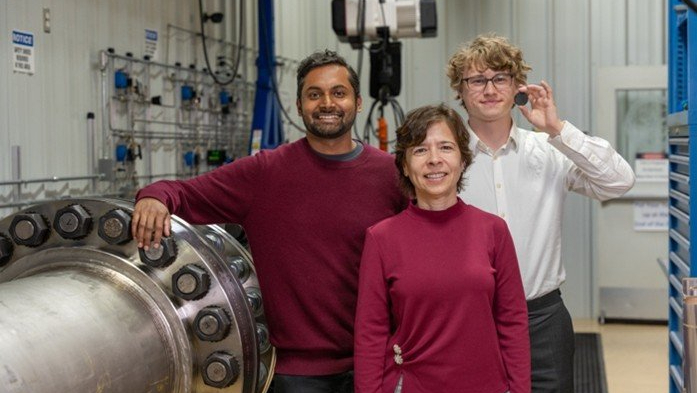A lethal pulse of ultraviolet (UV) radiation may have played a role in Earth‘s biggest mass extinction event, fossilized pollen grains reveal.
Pollen that dates to the time of the Permian-Triassic mass extinction event, roughly 250 million years ago, produced “sunscreen” compounds that shielded against harmful UV-B radiation, the analysis found. At that time, approximately 80% of all marine and terrestrial species died off.
For the study, which was published Jan. 6 in the journal Science Advances (opens in new tab), a team of international scientists developed a new method of using a laser beam to examine the minuscule grains, which measure about half the width of a human hair and were found embedded onto rocks unearthed in southern Tibet, according to a statement (opens in new tab).
Related: What is the electromagnetic spectrum?
Plants rely on photosynthesis to convert sunlight into energy, but they also need a mechanism to block out harmful UV-B radiation.
“As UV-B is bad for us, it’s equally as bad for plants,” Barry Lomax (opens in new tab), the study’s co-author and a professor in plant paleobiology at the University of Nottingham in the U.K., told Live Science. “Instead of going to [the pharmacy], plants can alter their chemistry and make their own equivalent version of sunscreen compounds. Their chemical structure acts to dissipate the high-energy wavelengths of UV-B light and stops it from getting within the preserved tissues of the pollen grains.”
In this case, the radiation spike didn’t “kill the plants outright, but rather it slowed them down by lessening their ability to photosynthesize, which caused them to become sterile over time,” Lomax said. “You then wind up with extinction driven by a lack of sexual reproduction rather than the UV-B frying the plants instantly.”
Experts have long theorized that the Permian-Triassic extinction, classified as one of the five major extinction events on Earth, was in response to a “paleoclimate emergency” caused by the Siberian Traps eruption, a large volcanic event in what is now modern-day Siberia. The catastrophic incident forced plumes of carbon buried deep within the Earth’s interior up into the stratosphere, resulting in a global warming event that “led to a collapse in the Earth’s ozone layer,” according to the researchers.

(opens in new tab)
“And when you thin out the ozone layer, that’s when you end up with more UV-Bs,” Lomax said.
In their research, the scientists also discovered a link between the burst of UV-B radiation and how it changed the chemistry of plants’ tissues, which led to “a loss of insect diversity,” Lomax said.
Related stories:
“In this case, plant tissues became less palatable to herbivores and less digestible,” Lomax said.
Because plant leaves had less nitrogen, they were not nutritious enough for the insects that ate them. That may explain why insect populations plummeted during this extinction event.
“Often insects come out unscathed during mass extinction events, but that wasn’t the case here,” Lomax said.


